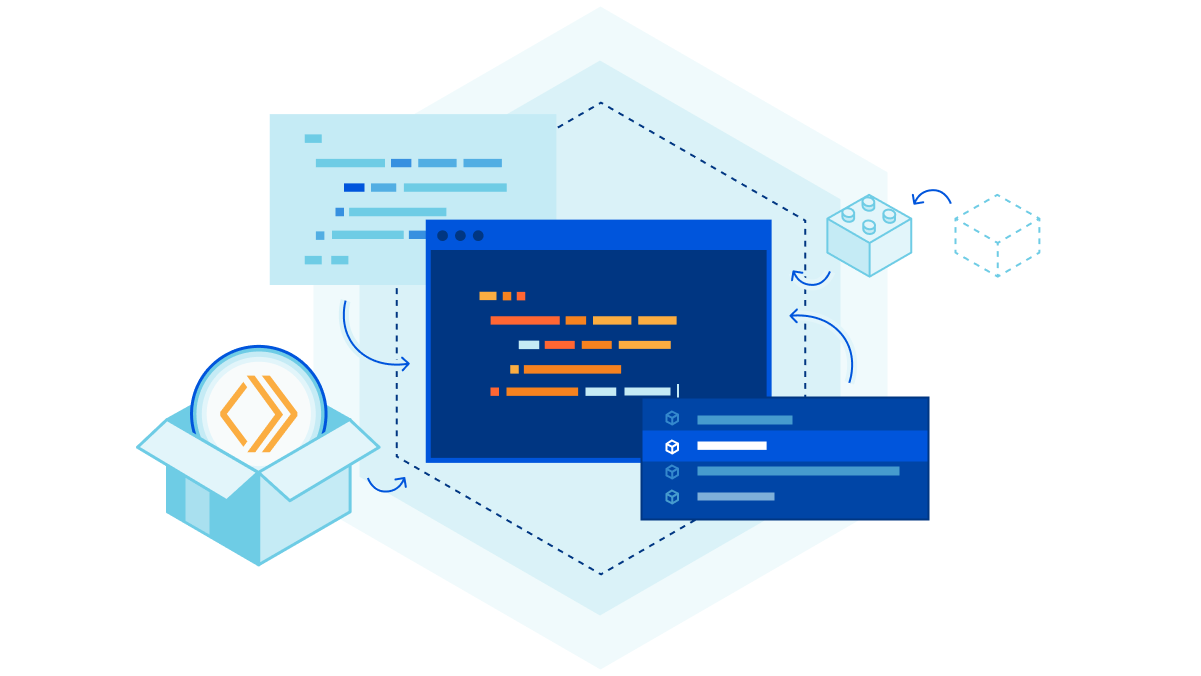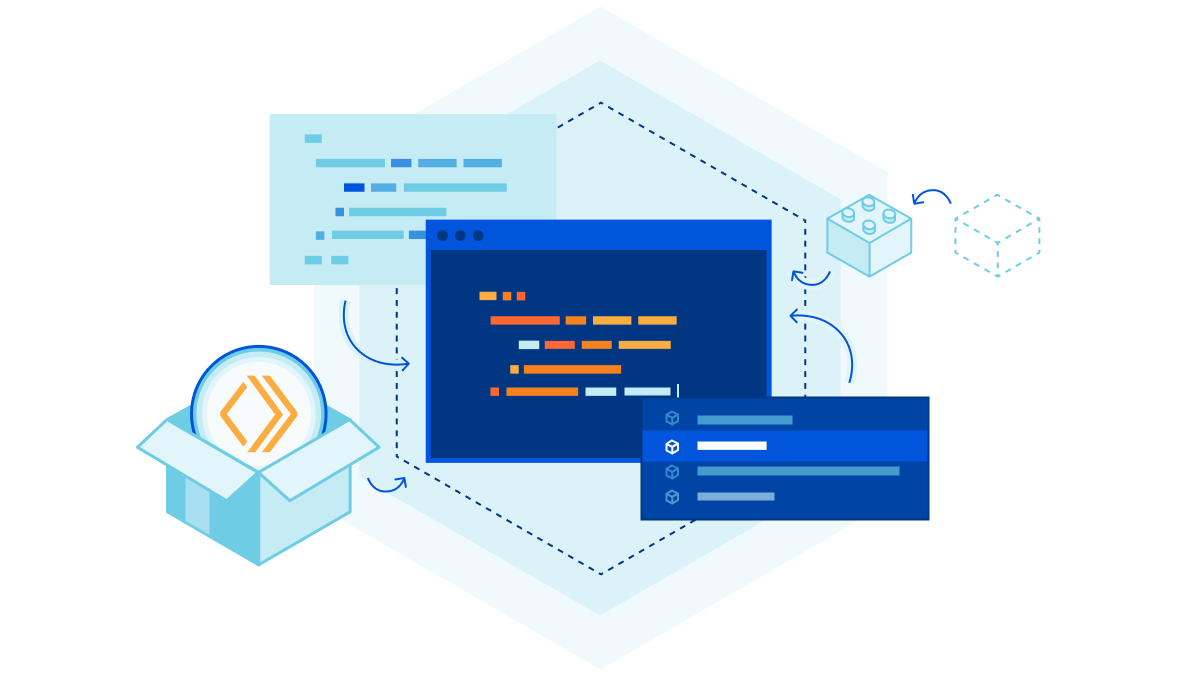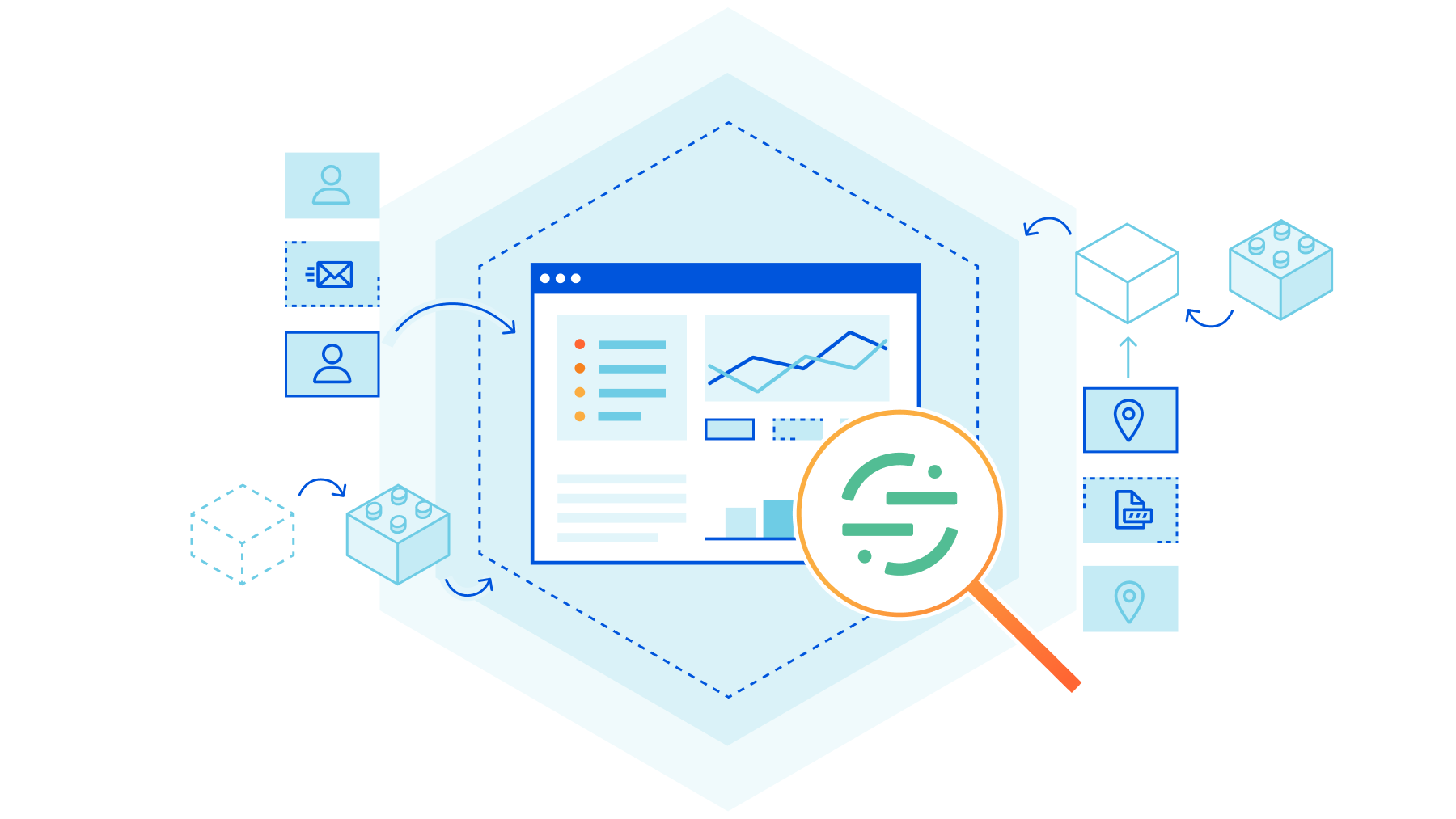Heavy Networking 656: Embedding Zero Trust Into Applications
On today's Heavy Networking we look at the idea of embedding zero trust into applications. The way we do cyber security these days has failed in significant ways. What if we could extend the AAA or RBAC model to all applications? Better yet, what if we take the RBAC model, make authentication more robust than username & password, assess endpoint security posture constantly, and evaluate each request individually up at layer 7 for all applications? Guest Galeal Zino has opinions on what embedded zero trust looks like. We discuss.
The post Heavy Networking 656: Embedding Zero Trust Into Applications appeared first on Packet Pushers.
Heavy Networking 656: Embedding Zero Trust Into Applications
On today's Heavy Networking we look at the idea of embedding zero trust into applications. The way we do cyber security these days has failed in significant ways. What if we could extend the AAA or RBAC model to all applications? Better yet, what if we take the RBAC model, make authentication more robust than username & password, assess endpoint security posture constantly, and evaluate each request individually up at layer 7 for all applications? Guest Galeal Zino has opinions on what embedded zero trust looks like. We discuss.How to Launch a Green Computing Initiative That Really Makes a Difference
A growing number of IT organizations are deploying green computing initiatives. Here's how to ensure sure that your project will actually meet its goals.Send Cloudflare Workers logs to a destination of your choice with Workers Trace Events Logpush


When writing code, you can only move as fast as you can debug.
Our goal at Cloudflare is to give our developers the tools to deploy applications faster than ever before. This means giving you tools to do everything from initializing your Workers project to having visibility into your application successfully serving production traffic.
Last year we introduced wrangler tail, letting you access a live stream of Workers logs to help pinpoint errors to debug your applications. Workers Trace Events Logpush (or just Workers Logpush for short) extends this functionality – you can use it to send Workers logs to an object storage destination or analytics platform of your choice.
Workers Logpush is now available to everyone on the Workers Paid plan! Read on to learn how to get started and about pricing information.
Move fast and don’t break things
With the rise of platforms like Cloudflare Workers over containers and VMs, it now takes just minutes to deploy applications. But, when building an application, any tech stack that you choose comes with its own set of trade-offs.
As a developer, choosing Workers means you don't need to worry about any of the underlying architecture. You just write code, Continue reading
How Cloudflare instruments services using Workers Analytics Engine


Workers Analytics Engine is a new tool, announced earlier this year, that enables developers and product teams to build time series analytics about anything, with high dimensionality, high cardinality, and effortless scaling. We built Analytics Engine for teams to gain insights into their code running in Workers, provide analytics to end customers, or even build usage based billing.
In this blog post we’re going to tell you about how we use Analytics Engine to build Analytics Engine. We’ve instrumented our own Analytics Engine SQL API using Analytics Engine itself and use this data to find bugs and prioritize new product features. We hope this serves as inspiration for other teams who are looking for ways to instrument their own products and gather feedback.
Why do we need Analytics Engine?
Analytics Engine enables you to generate events (or “data points”) from Workers with just a few lines of code. Using the GraphQL or SQL API, you can query these events and create useful insights about the business or technology stack. For more about how to get started using Analytics Engine, check out our developer docs.
Since we released the Analytics Engine open beta in September, we’ve been adding new Continue reading
Doubling down on local development with Workers: Miniflare meets workerd


Local development gives you a fully-controllable and easy-to-debug testing environment. At the start of this year, we brought this experience to Workers developers by launching Miniflare 2.0: a local Cloudflare Workers simulator. Miniflare 2 came with features like step-through debugging support, detailed console.logs, pretty source-mapped error pages, live reload and a highly-configurable unit testing environment. Not only that, but we also incorporated Miniflare into Wrangler, our Workers CLI, to enable wrangler dev’s --local mode.
Today, we’re taking local development to the next level! In addition to introducing new support for migrating existing projects to your local development environment, we're making it easier to work with your remote data—locally! Most importantly, we're releasing a much more accurate Miniflare 3, powered by the recently open-sourced workerd runtime—the same runtime used by Cloudflare Workers!
Enabling local development with workerd
One of the superpowers of having a local development environment is that you can test changes without affecting users in production. A great local environment offers a level of fidelity on par with production.
The way we originally approached local development was with Miniflare 2, which reimplemented Workers runtime APIs in JavaScript. Unfortunately, there were subtle behavior Continue reading
Improving Workers TypeScript support: accuracy, ergonomics and interoperability


TypeScript makes it easy for developers to write code that doesn’t crash, by catching type errors before your program runs. We want developers to take advantage of this tooling, which is why one year ago, we built a system to automatically generate TypeScript types for the Cloudflare Workers runtime. This enabled developers to see code completions in their IDEs for Workers APIs, and to type check code before deploying. Each week, a new version of the types would be published, reflecting the most recent changes.
Over the past year, we’ve received lots of feedback from customers and internal teams on how we could improve our types. With the switch to the Bazel build system in preparation for open-sourcing the runtime, we saw an opportunity to rebuild our types to be more accurate, easier to use, and simpler to generate. Today, we’re excited to announce the next major release of @cloudflare/workers-types with a bunch of new features, and the open-sourcing of the fully-rewritten automatic generation scripts.
How to use TypeScript with Workers
Setting up TypeScript in Workers is easy! If you’re just getting started with Workers, install Node.js, then run npx wrangler init in your terminal to Continue reading
Network performance update: Developer Week 2022


Cloudflare is building the fastest network in the world. But we don’t want you to just take our word for it. To demonstrate it, we are continuously testing ourselves versus everyone else to make sure we’re the fastest. Since it’s Developer Week, we wanted to provide an update on how our Workers products perform against the competition, as well as our overall network performance.
Earlier this year, we compared ourselves to Fastly’s Compute@Edge and overall we were faster. This time, not only did we repeat the tests, but we also added AWS Lambda@Edge to help show how we stack up against more and more competitors. The summary: we offer the fastest developer platform on the market. Let’s talk about how we build our network to help make you faster, and then we’ll get into how that translates to our developer platform.
Latest update on network performance
We have two updates on data: a general network performance update, and then data on how Workers compares with Compute@Edge and Lambda@Edge.
To quantify global network performance, we have to get enough data from around the world, across all manner of different networks, comparing ourselves with other providers. We used Real User Measurements (RUM) Continue reading
Twilio Segment Edge SDK powered by Cloudflare Workers


The Cloudflare team was so excited to hear how Twilio Segment solved problems they encountered with tracking first-party data and personalization using Cloudflare Workers. We are happy to have guest bloggers Pooya Jaferian and Tasha Alfano from Twilio Segment to share their story.
Introduction
Twilio Segment is a customer data platform that collects, transforms, and activates first-party customer data. Segment helps developers collect user interactions within an application, form a unified customer record, and sync it to hundreds of different marketing, product, analytics, and data warehouse integrations.
There are two “unsolved” problem with app instrumentation today:
Problem #1: Many important events that you want to track happen on the “wild-west” of the client, but collecting those events via the client can lead to low data quality, as events are dropped due to user configurations, browser limitations, and network connectivity issues.
Problem #2: Applications need access to real-time (<50ms) user state to personalize the application experience based on advanced computations and segmentation logic that must be executed on the cloud.
The Segment Edge SDK – built on Cloudflare Workers – solves for both. With Segment Edge SDK, developers can collect high-quality first-party data. Developers can also use Segment Edge SDK to Continue reading
Video: Exposing Kubernetes Services to External Clients
After a brief introduction of Kubernetes service and an overview of services types, Stuart Charlton added the last missing bit: how do you expose Kubernetes services to external clients.
Video: Exposing Kubernetes Services to External Clients
After a brief introduction of Kubernetes service and an overview of services types, Stuart Charlton added the last missing bit: how do you expose Kubernetes services to external clients.
SC22 SCinet network monitoring
The data shown in the chart was gathered from The International Conference for High Performance Computing, Networking, Storage, and Analysis (SC22) being held this week in Dallas. The conference network, SCinet, is described as the fastest and most powerful network on Earth, connecting the SC community to the world. The chart provides an up to the second view of overall SCinet traffic, the lower chart showing total traffic hitting a sustained 8Tbps. The poster shows the topology of the SCinet network. Monitoring flow data from 5,852 switch/router ports with 162Tbps total bandwith with sub-second latency is required to construct the charts.The chart was generated using industry standard streaming sFlow telemetry from switches and routers in the SCinet network. An instance of the sFlow-RT real-time analytics engine computes the flow metrics shown in the charts. Most of the load was due to large 400Gbit/s, 200Gbit/s and 100Gbit/s flows that were part of the Network Research Exhibition. The chart above shows that 10 large flows are responsible for 1.5Tbps of traffic.Scientific network tags (scitags) describes how IPv6 flowlabels allow network flow analytics to identify network traffic associated with bulk scientific data transfers.RDMA network visibility shows how bulk Continue readingAccelerating Digital Transformation with Automation APIs
Making use of standardized APIs, such as those offered by MEF, allow you to “invest once” and scale with multiple providers and services.IPv6 Buzz 114: Another Listener Questions Episode!
Today's IPv6 Buzz episode answers listener questions about Duplicate Address Detection (DAD) and auto-addressing, privacy and IPv6, and where NAT46 fits in.
The post IPv6 Buzz 114: Another Listener Questions Episode! appeared first on Packet Pushers.
IPv6 Buzz 114: Another Listener Questions Episode!
Today's IPv6 Buzz episode answers listener questions about Duplicate Address Detection (DAD) and auto-addressing, privacy and IPv6, and where NAT46 fits in.EVPN-VXLAN Video 2, Aruba Airheads and that bird app
In this post:

🎬 EVPN-VXLAN Explainer 2
🧡 My experience at the Aruba Airheads Netherlands event
🥀 Going off Twitter and joining Mastodon
🎬 EVPN-VXLAN Explainer 2
Hot of the presses, well, iMovie rendering, here is the latest EVPN-VXLAN Explainer video:
This one covers how BGP peers build an EVPN session, with the AFI/SAFI in a BGP OPEN. Plus there's a config demo and some packet captures in there, showing a BGP OPEN 'in the wild'.
Check it out and let me know what you think.
🇳🇱 Airheads Netherlands
A couple of weeks ago, I presented a couple of sessions at the Aruba Airheads event in NL, just outside Utrecht.
☝️ My first session was on Aruba Central NetConductor, Aruba's all-encompassing architecture; that unifies wired and wireless networking with a strong focus on security and management.
That went well, and my live demo, as much as I got to show in the timeslot, was a success.
The big challenge with that type of presentation, because it isn't a single product or service, but an architecture and design approach; is to answer the question 'what is it?'. I'm not a fan of marketing at all, so I always attempt to Continue reading





